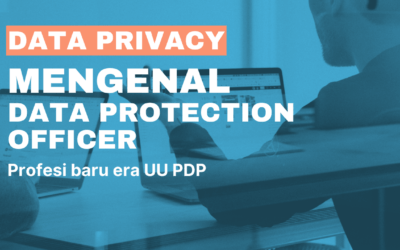Search Engine Optimization is one of the digital marketing methods that has never have a declining trend since doing SEO means you need a commitment to always improve your website performance by following the SEO guideline from the search engine, in most case is Google Search.
Sometimes a company see SEO is only about the content generation and content marketing without realize that SEO could be develop base on data, or in simple term : data-driven SEO.
What is Data-driven SEO?
Data-driven SEO is a form of SEO that relies on data to generate and refine the strategies that drive rankings for a website. It is an emerging practice in the industry and can be seen as a more modern approach to search engine optimization, which has traditionally been less reliant on data and more focused on techniques like keyword research.
What makes the data-driven SEO is different with the traditional SEO? here is five facts about data-driven SEO.
1. Build Stronger Content with a Data-Driven Process
Content is the backbone of any digital marketing campaign. You need to have a strong content strategy in place, otherwise you might be wasting your time and resources. A data-driven content strategy is one that relies on a process that includes research, analysis, and testing. It also involves creating an understanding of your audience and their needs. This will help you create more relevant content for them which in turn helps you achieve your marketing goals.
But what kind of research that a company need to take? do not worry, we have some tools for that.
2. Discover the Right Keywords at the Right Time with Keyword Research Tools
If your company is really serious about SEO, then buy a research keyword tools such as SEMRUSH, Ubersuggest, Ahref, Moz, etc.
These tools is a powerful research tool that helps you find the keywords that will help you rank higher on search engines. It also helps you figure out how your competitors are ranking for certain keywords and what their strategies are. You can use this tool to find the right keywords for your website, track your competitors, and monitor your own site’s performance.


These tools also measure the growth of the website so that you know how is the website improvement and as your indicator whether your goal is success or not.
3. Make Analytics With Google Tag Manager Or a Similar Tool
Google Analytics is a powerful tool that provides analytics for websites and mobile apps. It helps marketers understand their audience, improve the performance of their campaigns, and measure the impact of their content.


Google Tag Manager is a free service from Google that lets users manage website tags without needing to edit code. This can be used to install analytics scripts on your site or app. These scripts can then be managed by a single user with access to Google Tag Manager – this means you don’t need to worry about updating code on your site when you change tracking settings for your analytics script.
4. Optimize For Conversions With Form Tracking
Form tracking is a great way to optimize your SEO strategy with data driven SEO. By tracking the forms that people fill out on your website, you can see which keywords are converting people into leads and customers. You can then focus your SEO efforts on those keywords to get even more traffic and conversions. Form tracking can also help you improve your website design and conversion rates by showing you where people are having trouble filling out forms
5. Test Different Publishing Schedules With A/B Testing To Find What Works Best For You and Your Audience
A/B testing is a powerful tool that can be used to test different publishing schedules and find what works best for you and your audience. A/B testing is also called split testing. This means that two versions of the same content are released at the same time. One version will be called A, while the other one will be called B. The winning version of this experiment will then become the main version of your content, while the other one will only be shown to a smaller audience or not shown at all.
In this way, you can find out what works best for you and your audience when it comes to publishing frequency, length of articles, promoting posts on social media, etc.




